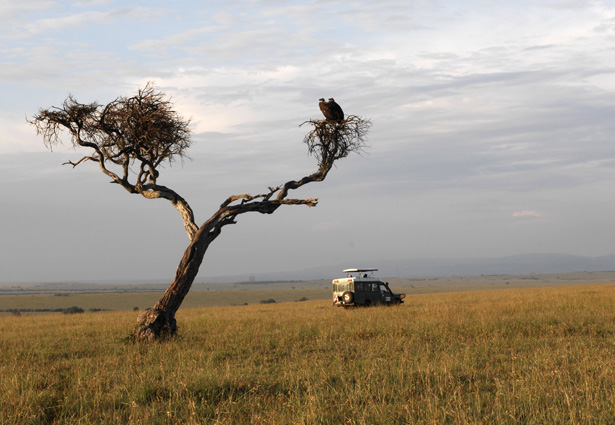Kenya's road to recovery: Can the parks be saved?
 |
| When violence flared in the wake of Kenya's disputed presidential elections last December, tourist areas were largely unaffected, but tourism took a downturn. |
Back in early December much of the talk here in Kenya was about how the incoming government would manage the country's growing problem: An unprecedented flood of tourists was fueling a never before seen economic boom. Beaches were packed. It was difficult to snap a photo of the abundant wildlife in Kenya's national parks without getting a safari van in the frame, or at least the spidery tracks of dozens that had just left. The tourism industry, some argued, had become too successful.
Less than a month later, in the wake of shocking violence that erupted following the flawed December 27 election, in which President Mwai Kibaki defeated opposition candidate Raila Odinga by just 230,000 votes out of some ten million cast, such dilemmas seemed awfully small. Television footage of the chaos featured men sharpening machetes on the pavement and burning tires in the streets. In the ensuing weeks, some 1,000 people were killed and more than 300,000 fled their homes. By January, occupancy rates in Kenya's hotels had plunged from higher than 80 percent to less than 20 percent. Kenya's parks sat practically empty, their fate tied to political struggle and violence happening far away, while the economy was facing what's been called Kenya's worst crisis since independence from Britain in 1963.
The text and photo(s) in this article is taken from National Geographic Adventure magazine. It is not allowed to be copied or interpreted without the permission of the original source, in part or as a whole, in any context or for any purpose. Please come up with your own content. We are using it for formatting purpose only. None of its content to be considered true and reliable fact or knowledge. Consider it a placeholder for text and pictures only.
The break-up of the Petermann Glacier 26-09-2011
Himalayan sherpas bugged by the sight of house flies at 5,000m 26-09-2011
Climate change may leave Mount Everest ascent ice-free, say climbers 26-09-2011
Kenya's road to recovery: Can the parks be saved? 26-09-2011
Fallout on the Fu 26-09-2011
The Gathering Storm 26-09-2011
Those Wily Russians! 26-09-2011
Everest Gets Torched 26-09-2011
Remembering Italian Mountaineer Walter Bonatti, 1930-2011 25-09-2011
Wingsuit Daredevil Jeb Corliss Will Fly Through a Mountain Cave in China 25-09-2011





